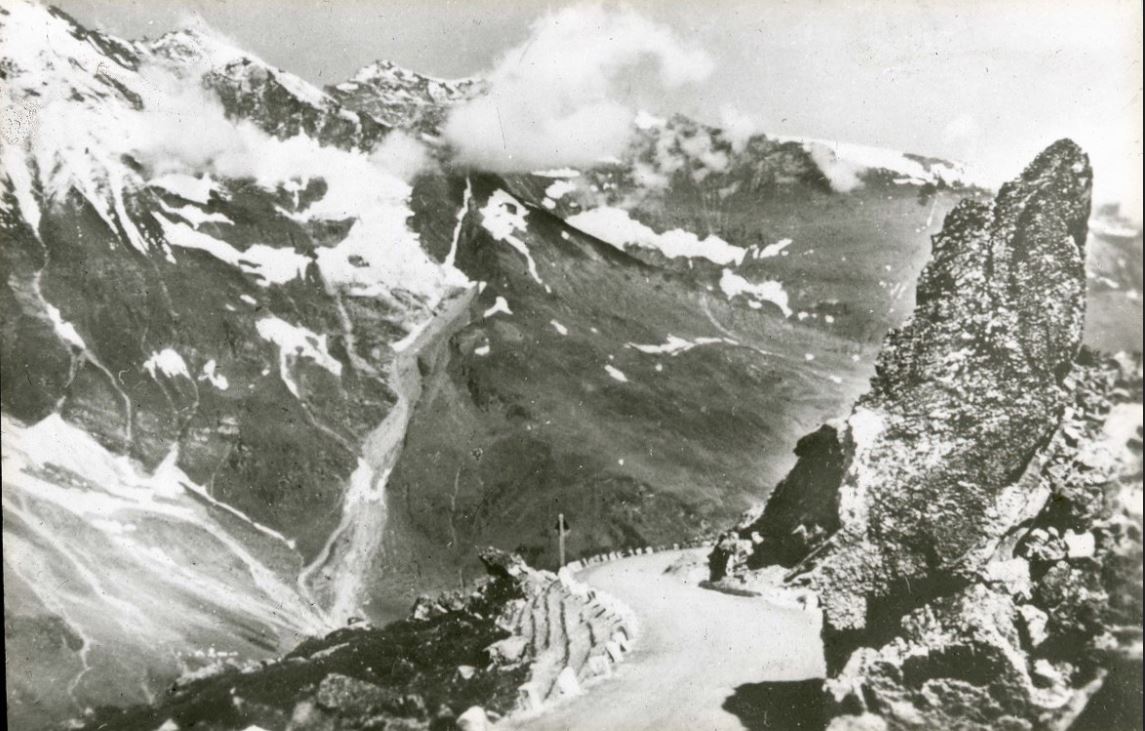Special Collections Research Center holds a variety of early photography collections, one of the most interesting being the Christine Drennon European lantern slide collection. This collection consists entirely of glass lantern slides, an early method of showcasing photography.
Glass lantern slides are unique and curious objects, and are quite singular, as they predate even the earliest methods of photography. Originally created in the 1600s, Magic Lantern Slides, as they were known, were painted plates of glass that were mostly used by traveling showman for children’s entertainment. The slides were projected to create a “magic” image, often moving, of painted people and scenes (you can see an example of this here.) It took a couple of centuries for this technology to be combined with photography to create the photographic glass lantern slides we see in this collection. This meeting of media occurred in 1848, and by the 1850s photographic lantern slides ran rampant. Photographic lantern slides “consist[ed] of two sheets of glass, one of which ha[d] the image on one side of it and the other which cover[ed] the image, and [were] bound all around by a black paper tape.”*
Black and white slides were the norm, and if one wanted a color image, the photograph would need to be painstakingly hand colored. In the 1930s, color slides became available, but were still not as prevalent as black and white slides. At this point, magic lantern slides took on additional purposes. In addition to entertainment, “educators, missionaries and salespeople soon began to use Magic Lantern slides to visually entice [an] audience while educating, spreading their messages, and peddling their wares. In this sense, lantern slides were a kind of precursor to the Power Point presentations we’re all so familiar with now.”** Due to this, glass lantern slides were eventually overtaken by more advanced technology, such as overhead and slide projectors.
The glass lantern slides from the Drennon collection were seemingly used for educational purposes, and features incredible photography from the early 20th century of European vistas, maps, engineering feats, aerial views, and post-World War II destruction. The slides originated from the Universities of Michigan and Texas, and were presumably used as educational tools there. You can view digitized versions of the entire collection here.
Sources
*http://www.magiclanternsociety.org/about-magic-lanterns/lantern-slides/
**https://siarchives.si.edu/blog/understanding-magic-lantern
Featured image: “Austria: Road to Grossglockner tow. S”




